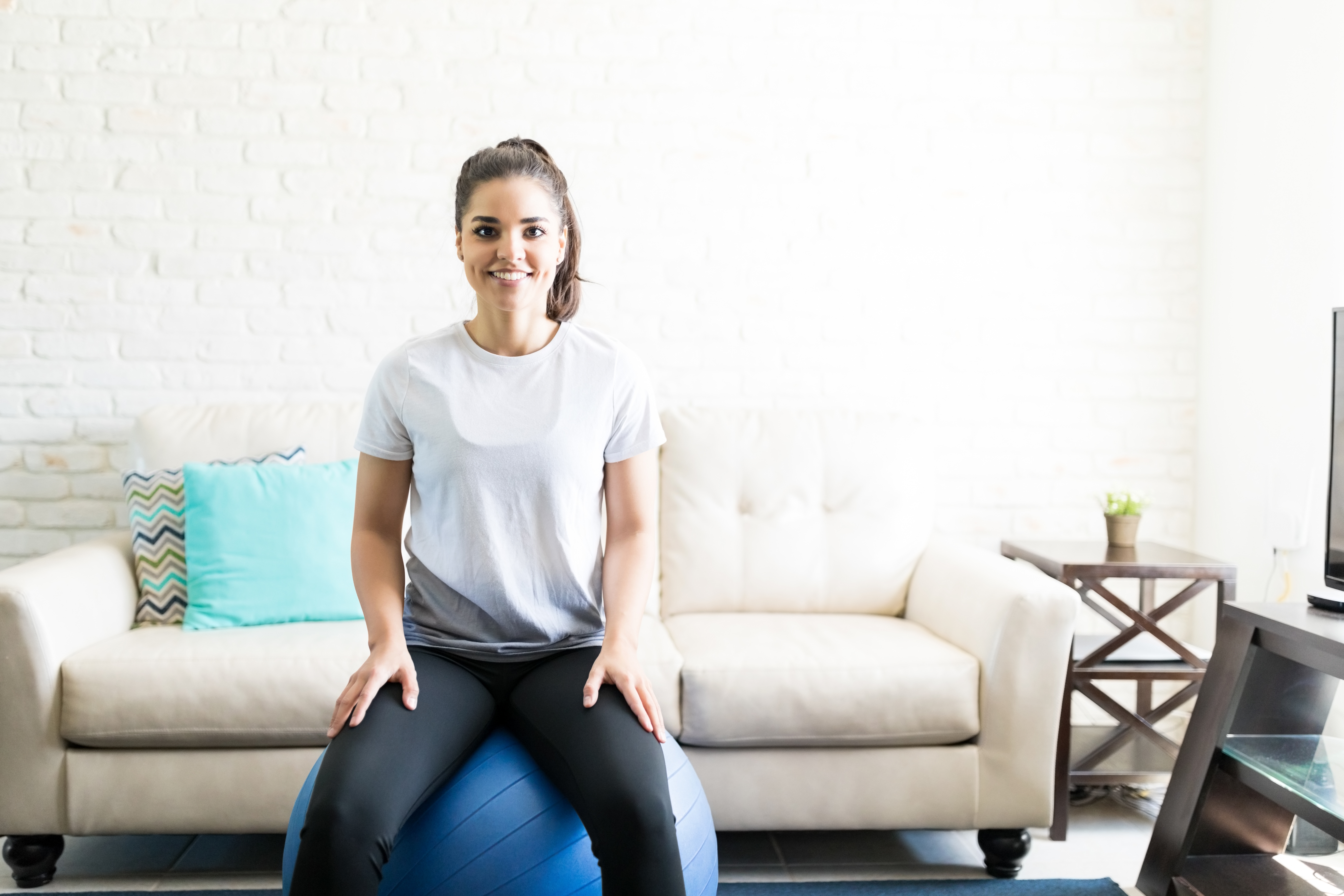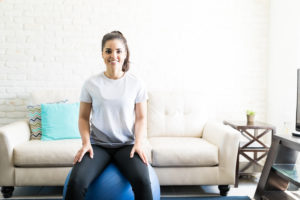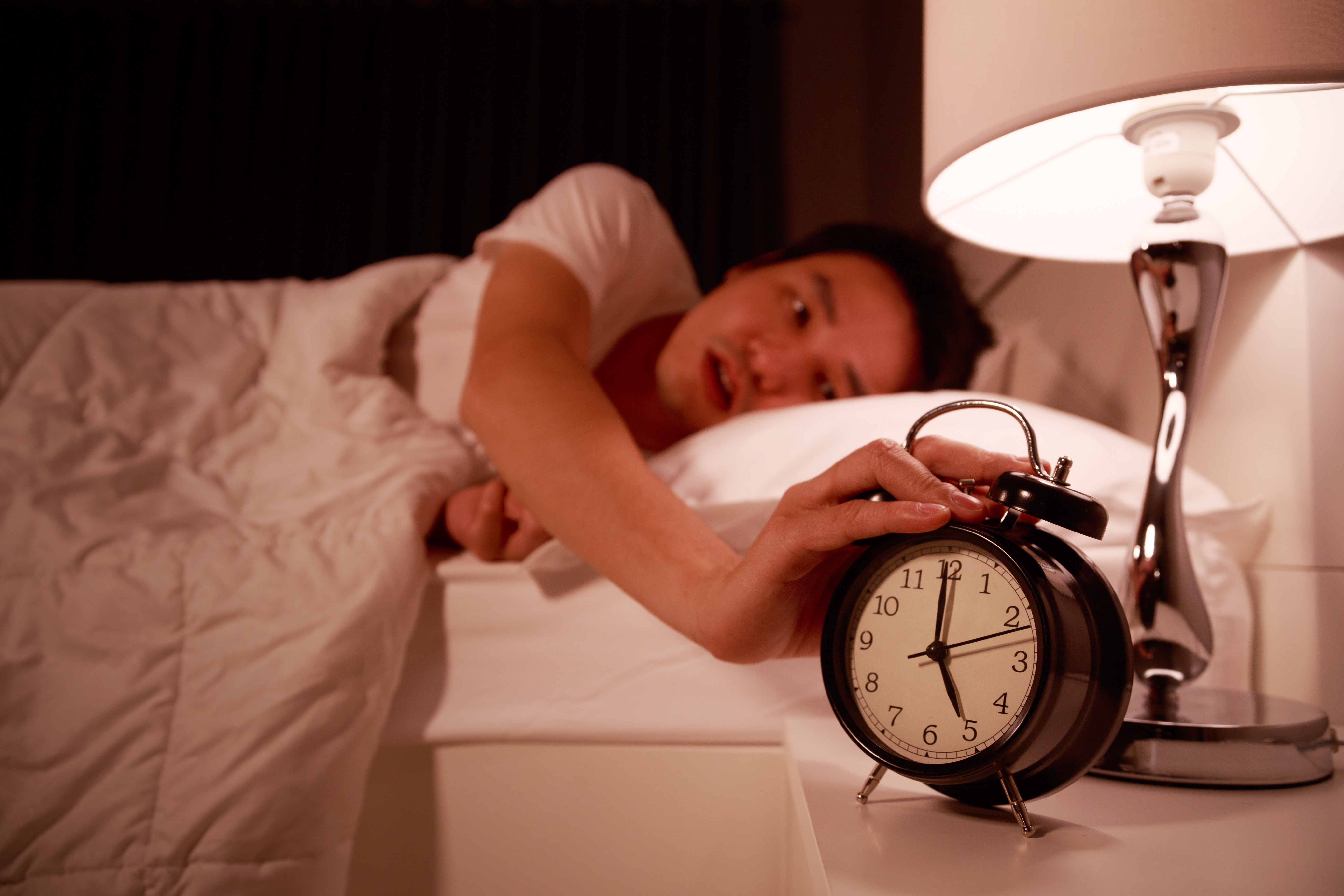
Dealing with Stress & Diabetes
Stress can be a major disruption of your health. It is also considered a silent killer. Research shows that poor stress management could be responsible for health conditions, including raising your blood sugar to abnormal levels. Hence, it can contribute to the development of diabetes, heart disease, and other life-threatening illnesses.
Stress Demystified
Stress is defined as anything that causes the body to behave as if it were under attack. With stress, the body prepares to take action: to fight or flight. When you’re stressed, the stress hormones cortisol and epinephrine (also known as adrenaline) kick in to elevate blood sugar levels for energy, when you need it most. However, in people with diabetes, the “fight-or-flight”response doesn’t work effectively. Insulin, the hormone that keeps sugar in your blood from getting too high, is not able to continually allow extra energy into the cells. In effect, blood sugar piles up in the blood.
The Bad (Distress), the Good (Eustress), & Blood Sugar
When you’re sick, your stress levels naturally rise. This signals your body to produce increased levels of hormones, which, in turn, raises the blood sugar levels in your bloodstream. If you’re non-diabetic, your body produces insulin effectively, which manages this rise in blood sugar. However, for people with diabetes or insulin problems, the pancreas produces less or virtually no insulin over time.
But do you know that even excitement or good stress raises your blood sugar? Yes, it does. The excitement from cheering for your basketball team will mobilize and heighten your sugar the same way a terrible traffic jam would. So understanding that even good stress can increase blood sugar can help people, especially diabetics, to take precaution, monitor regularly, and work with your physician for proper advice and management.
How Stress Affects Diabetes
If your have diabetes here is how stress will impact your blood sugar:
For individuals who have no diabetes (but may be prone to acquiring it because of risk factors such as heredity, ethnicity, and unhealthy lifestyle practices), the psychological componentsof stress, among other factors, have been found to lower insulin secretion and raise blood sugar.
Chronic Stress
When you are under chronic or long-lasting stress, day after day, this results to consistent elevation in the stress hormones and other ill effects in health. As a consequence, adverse conditions occuurs, including spikes in blood sugar and blood pressure readings, suppressed immunity, elevation in blood cholesterol (lipids), and even bone loss and impaired brain function.
When stress hormones are constantly elevated, this can cause the stored sugar in your body to be released from the liver and muscles into your bloodstream. At the same time, fat is released for energy use. Sugar and fat are great energy sources, but they cause gain in weight when stored in the body. Nowadays, it is believed that weight gain or obesity may bedue to the following factors:
Symptoms of Chronic Stress
Most individuals, even you, may be unaware that you are being affected by chronic forms of stress. Are you experiencing any of the following regularly? You may have it. Talk this over with your physician for proper care.
- Insomnia
- Unexplained fatigue
- Irritability
- Difficulty concentrating
- Forgetfulness
- Anxiety or nervousness
- Anger for no apparent reason
- Chest pains (intermittent or persistent)
- Recurring headaches, muscle pain or back pains
- Gastrointestinal problems
- Depression or sadness
- Restlessness compulsive eating
- Excessive alcohol drinking
The Evolution of Stress
It is clear that stress, in its many forms, contribute to high blood sugar, and eventually, the development of conditions such as diabetes. With rates of diabetes at the highest ever, we may wonder whether the stress we are experiencing today is much higher than that which people experienced a hundred or maybe a thousand years ago.
Experts believe that people throughout history have always been subjected to more or less the same amounts of stress. And that diseases such as diabetes are so high today because of our lifestyle.
Here is Why
The key, thus, is to sustain a healthy lifestyle while reducing too much stress. Watch what you eat, prioritize activities that boost your health and well-being, and embrace diet and new habits that will keep you happy and stress-free, so you can monitor and keep your blood sugar levels where it should be.
Tips for Managing Stress
Here are some tips which can help minimize and manage too much stress:
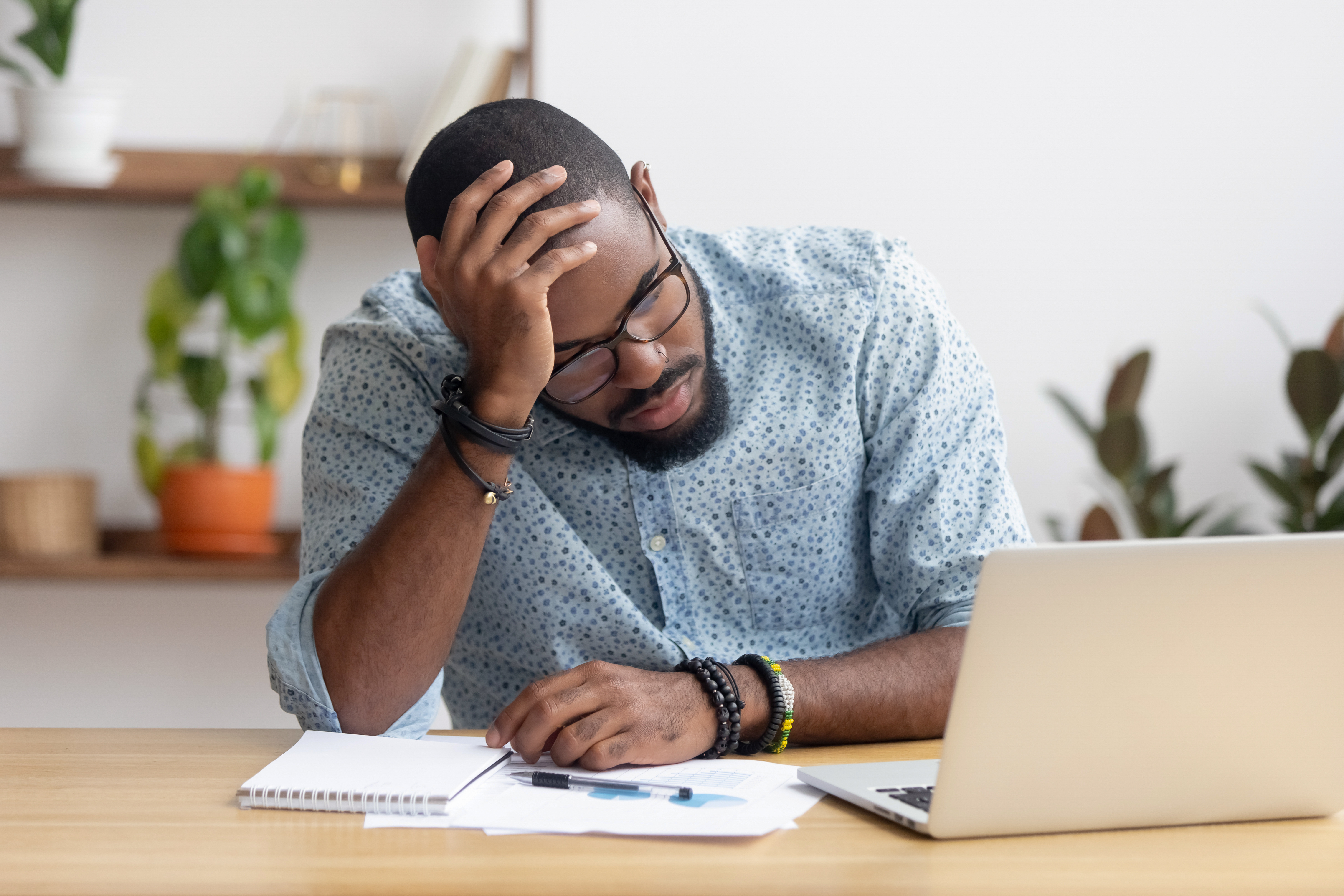
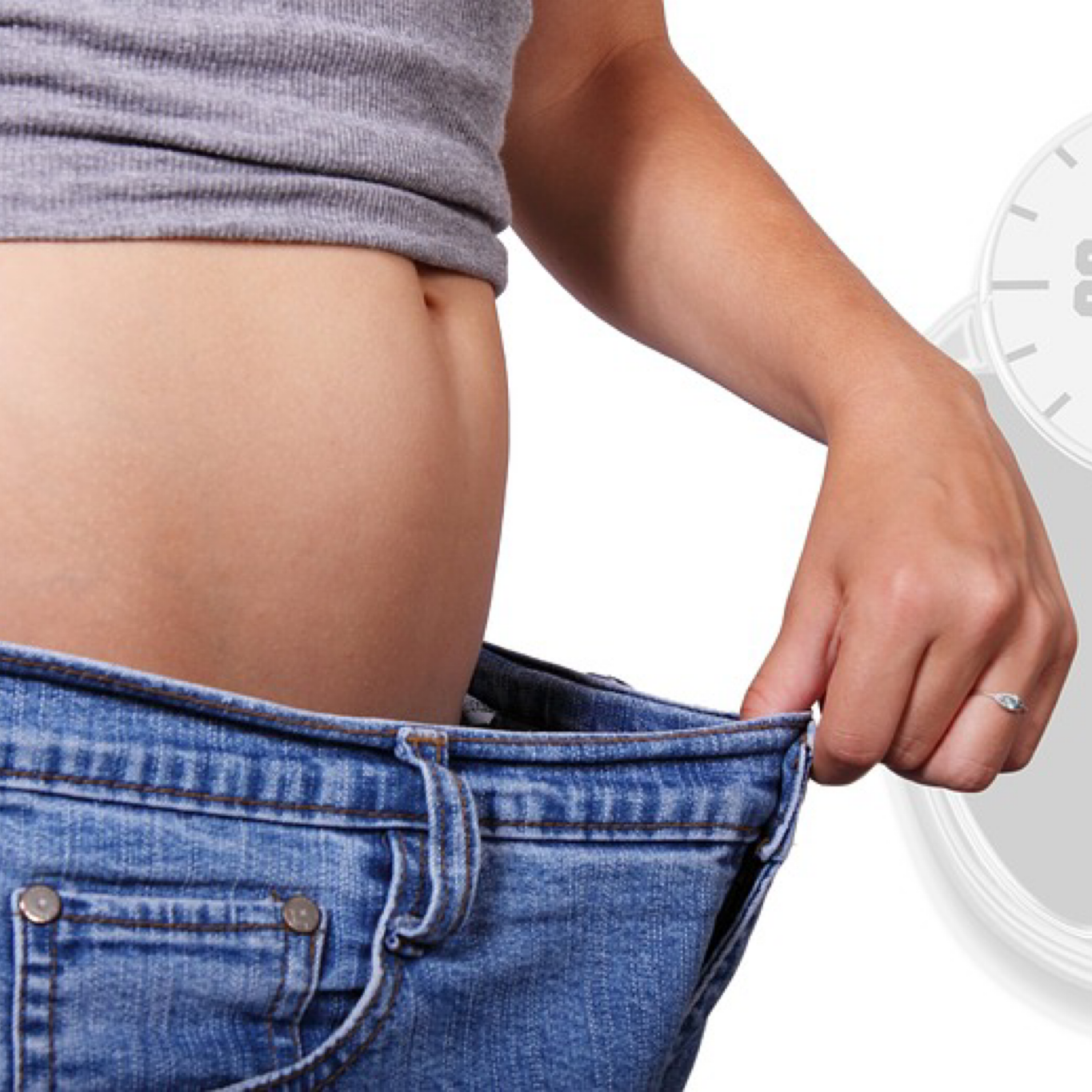
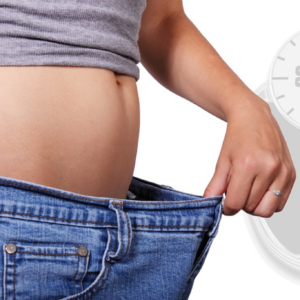



 Taking Time Off from Working Out and Not Worrying About Losing Fitness
Taking Time Off from Working Out and Not Worrying About Losing Fitness

